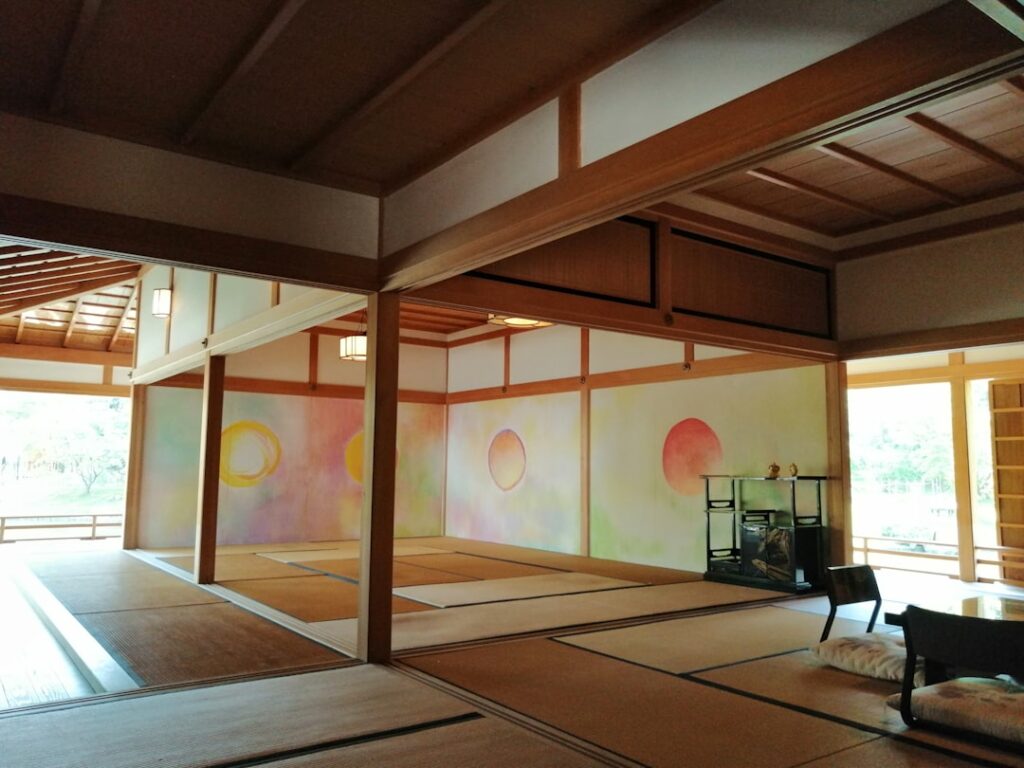Japan has long been celebrated for its world-renowned art islands like Naoshima, but beneath the surface lie a constellation of lesser-known villages where creativity flourishes in surprising ways. These hidden art villages blend regional traditions, untouched landscapes, and boundless artistic innovation, offering adventurous travelers an immersive alternative to the usual spots. From islands transformed by striking installations to rustic hamlets alive with participatory projects, let’s journey to the secret creative hubs redefining Japan’s art scene—and discover why now is the perfect time to explore them.
Japan’s Hidden Art Villages: What Are They, and Why the Hype Now?
While Japan’s marquee destinations for art—like Tokyo’s galleries or Naoshima’s museums—draw masses from around the globe, a new wave of artistic energy now pulses in the country’s rural heartlands. “Hidden art villages” refer to remote hamlets and islands where art initiatives, festivals, and collaborations between locals and creators have transformed these places into thriving centers of creativity.
The current spotlight on these villages comes as more travelers seek authentic, slow experiences away from the crowds. In 2025, these sites are trending among art pilgrims and culture lovers for their ability to combine nature, community, and innovation in unforgettable, hands-on ways. Here, art does not exist only in museums; it spills into rice fields, abandoned factories, and centuries-old houses—making every visit a unique adventure.
Inujima: The Art Island Where Industrial Heritage Meets Avant-Garde
Nestled in the Seto Inland Sea, Inujima is a tiny island with a bold vision. Once a copper refinery hub, its now-silent brick structures have found new life as sites for some of Japan’s most daring art installations. The island’s visionary transformation is anchored by the Inujima Seirensho Art Museum, where cutting-edge works emerge from weathered industrial ruins, blurring boundaries between history and the present.
Inujima’s creative pulse echoes throughout the entire island, with architecture blending seamlessly into the rugged landscape. Artists from Japan and abroad—often in collaboration with local residents—have repurposed old homes and buildings into immersive, interactive works. The sense of discovery is genuine: each winding path may reveal another surprise, from kinetic sculptures to hidden soundscapes, all seasoned with the sea air and the echoes of the island’s industrial past.
Echigo-Tsumari: Art Festivals and Community in Japan’s Rural Heart
Imagine driving through the rice-terraced mountains of Niigata prefecture and suddenly encountering giant sculptures rising out of the fields or a village school transformed into a whimsical gallery. This is Echigo-Tsumari, site of the world-famous Echigo-Tsumari Art Triennale and a pioneering example of “art x regeneration.”
Since 2000, this festival has seeded hundreds of artworks across 200 rural communities, with artists living alongside residents and drawing inspiration from local stories. Beyond the expansive outdoor installations and interactive performances, what sets Echigo-Tsumari apart is the way the festival strengthens ties within the community, creates new economic opportunities, and revives depopulated villages—proving that art can help heal and enrich rural society.
Travelers can join hands-on workshops, stay at art houses, or even help with rice planting, becoming part of the ongoing dialogue between land, people, and art—all under wide, open skies.
Art House Project: Where Old Meets New in the Seto Inland Sea
Dotted across the islands of the Seto Inland Sea, the Art House Project offers another innovative twist on Japan’s art village phenomenon. Here, abandoned homes, shrines, and even elementary schools on islands like Teshima and Ogijima have been transformed by world-class artists into living installations—sometimes inhabitable, always thought-provoking.
These projects deftly blend contemporary vision with the warmth of traditional architecture, inviting visitors not just to look but also to dwell, reflect, and interact. Each structure weaves together history, memory, and imagination: a house where light and shadow dance with the tides, a shrine painted in gentle pastels, a schoolroom reborn as a surreal dreamspace. Hopping from island to island, travelers can lose themselves in a rich mosaic of artistic microcosms—each bound to the landscape and the rhythms of local life.
Experiences Beyond the Gallery: Interactive Art and Village Encounters
What truly distinguishes Japan’s hidden art villages is the deeply participatory nature of their projects. Here, art leaps off the pedestal and into your hands: you might spin a weathered wheel to trigger a soundscape in an old factory, paint alongside villagers, or immerse yourself in open-air installations that transform with every season.
Encounters with locals—many of whom act as guides, collaborators, or even exhibiting artists—are often the highlight of the journey. Whether sharing a meal at a community-run café, helping out with festival preparations, or joining impromptu music sessions, visitors become more than observers; they’re welcomed as fellow creators and friends.
For those yearning for authentic, evolving travel that bridges cultures and creates stories that last, Japan’s hidden art villages promise a world of inspiration, one off-the-beaten-path hamlet at a time.








